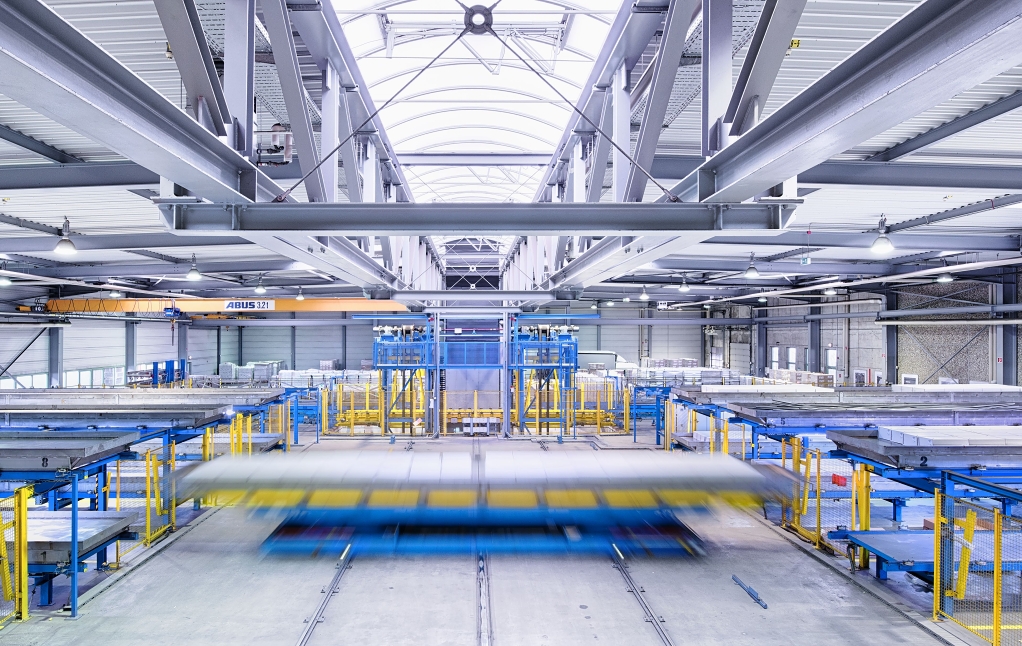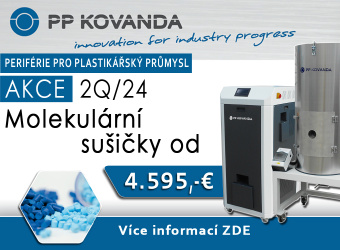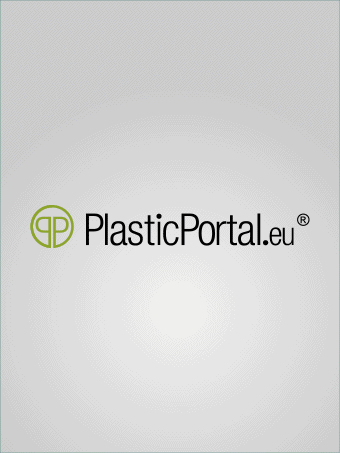Radiation-crosslinked plastics instead of metal
Cheap and simple production of robust components. High-energy radiation can improve the mechanical, thermal, chemical and tribological properties of plastics to such an extent that they can replace metals in some applications.
"The benefits of radiation crosslinking are often little or not at all known beyond the circle of direct users," says Dr. Michal Daněk, Key Account Manager Radiation Crosslinking at BGS, one of the pioneers in treatment with electrons and gamma rays. "This is unfortunate, as radiation crosslinked plastics offer benefits for the manufacture of a whole range of automotive, industrial and consumer products."
High-energy electron or gamma radiation splits chemical bonds in the long-chain molecules of plastics in a particular way, known as homolytic. This means that some of the bonds in the chains are split in such a way that one of two bond electrons remains in each of the resulting fragments. Chemists call these highly reactive and therefore unstable fragments free radicals. Neighboring radicals then react with each other and form cross-links between the chain-like molecules. This creates a three-dimensional, very stable network.
However, this does not apply to all types of plastics. A corresponding reactivity must be present. With some plastics, the use of a cross-linking additive helps to ensure this reactivity. Appropriately modified materials are available on the market. In addition to standard plastics such as polyethylene (PE) and ethylene vinyl acetate (EVA), etc., engineering plastics such as polybutylene terephthalate (PBT) and polyamides (PA 6/66/11/12) or thermoplastic elastomers such as TPE are suitable for radiation crosslinking - in some cases only with an additive. High-performance plastics such as polyvinylidene fluoride (PVDF) and ethylene tetrafluoroethylene (ETFE) are also suitable.
 | |
Radiation crosslinking significantly improves the properties of these plastics. "They can be used under conditions that they would otherwise not be able to withstand. The material really gets an upgrade," says Daněk.
The effect of radiation treatment on polyamides has been particularly well researched. These engineering plastics are characterized by their versatility and ease of processing. Untreated, however, their use reaches its limits when high temperatures occur and durability is required despite friction or other strong mechanical stress.
Irradiation changes the behavior of polyamides under heat. For example, the modulus of elasticity of non-crosslinked glass fiber-reinforced PA 66 drops sharply at around 240 degrees Celsius: the material begins to melt. Radiation-crosslinked PA 66 is different: at 240 degrees Celsius, it has a modulus around 120 times higher than non-crosslinked PA 66. The residual stiffness hardly drops at all up to a temperature of 360°C. In summary, this means that the cross-linked plastic retains sufficient strength even at temperatures of 350°C. In addition, radiation crosslinking reduces the coefficient of thermal expansion, which ensures good dimensional stability of the manufactured molded parts at high temperatures.
The radiation treatment also improves the mechanical properties. It reduces the tendency of plastics to deform plastically under mechanical stress, which can impair functionality. The reduction of this creep is essential for plastics to be able to replace metals in fastening elements or screws, for example. The creep tendency of glass fiber-reinforced PA 6, for example, is reduced by around 70 percent through radiation treatment.
Cross-linked plastics are also more resistant to brake fluids and other aggressive chemicals. They are also less affected by solvents. This is demonstrated, among other things, by the fact that they retain their strength better when exposed to solvents.
Another important criterion when selecting materials for machine elements, for example, is the tribological behavior of the materials. This is because wear and friction are factors that are decisive for the service life of components such as plain bearings, guide rollers and gear wheels. Blasting has a positive influence on tribological behavior. For example, it reduces the wear coefficient of PA 66 by 60 to 70 percent.
"The radiation crosslinking of a plastic is always carried out on the finished component by a service provider," emphasizes Daněk. "This means that the manufacturer of the respective component can carry out the shaping by injection molding, extrusion or blow molding as usual." This means there are no additional costs for purchasing new machines or tools. They can carry out the production process as usual and at the optimum speed. The beam crosslinking of components at a service provider can be integrated into the transport route to the end customer to save time. Post-processing is not necessary.
Lower production and material costs
Injection molding of plastics generally eliminates expensive post-processing and assembly steps, which are often required when molten metal is poured into a steel mold under high pressure and the metal solidifies into a solid casting. Processes such as deburring, sandblasting, milling or thread cutting are usually used to make the die-cast metal part ready for use. Another advantage of plastic parts over metal parts is that no corrosion protection needs to be applied. This all contributes to the fact that, in addition to the material costs, the manufacturing costs for injection-molded components are also lower than those for die-cast metal parts.
But that's not all: injection moulding allows more complicated geometries and colored components to be produced. This results in greater design freedom than with metal die-casting. Another advantage of plastics is that they are lighter than metal. This is particularly important for applications in vehicles: every gram saved in electric cars, for example, helps to reduce power consumption. This increases the distance that can be covered on a single battery charge. Furthermore, plastic components dampen noise better than metals, which is also important in the automotive sector and in mechanical engineering.
 | |
Screws, rollers, fan wheels and housings
"In view of the potential cost savings and many advantages, manufacturers should check whether they can replace die-cast metal parts with radiation-crosslinked plastics in certain applications," advises BGS expert Daněk. Which molded parts in particular? "For example, screws, fastening clips and rollers in cars and other vehicles, fan wheels in heat pumps, housings for or in electronic devices and bonded plastic-metal composite materials in shipbuilding."
Conclusion
There are many factors to consider: In addition to the specific application, these are primarily the number of units, the design complexity and the required quality of the components. Close cooperation between material scientists, engineers and product designers is recommended in order to take all aspects into account. Then the substitution of a die-cast metal part with a more cost-effective injection-molded plastic component can become a success story.
- autor:
- BGS Beta-Gamma-Service GmbH & Co. KG.




















